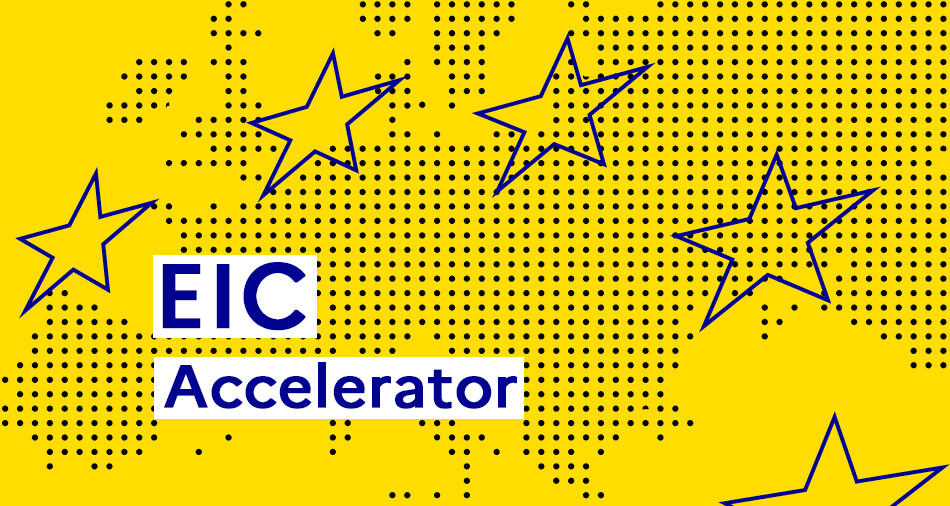ExpectedOutcome:
In line with the objectives of the biodiversity and farm to fork strategies, a successful proposal will contribute to transition to fair, healthy and resilient agriculture and forestry, notably the target to reduce by 50% the overall use and risk of chemical pesticides. Proposals will support Regulation (EU) 2016/2031[1] on protective measures against plant pests.
Project results are expected to contribute to all of the following expected outcomes
- Increase the availability of large-scale and robust plant scanning methods to monitor plant pests, to assist territorial surveillance and help with timely eradication or optimisation of containment measures;
- Enhance innovative and cost-efficient integration of methods, including remote sensing and networks of traps that are available for surveillance of EU regulated plant pests affecting agriculture, forestry, other activities and areas (e.g., urban areas);
- Strengthen capacities to prevent entry and spread and to monitor EU regulated plant pests and support plant health territorial surveillance;
- Foster transdisciplinary cooperation in the fields of plant health, environmental sciences and earth observation.
- Support relevant EU and Associated Countries’ plant health policies.
Scope:
Pest monitoring is typically performed through costly and time-consuming on-site visits, resulting in certain cases in limited spatial and temporal resolution. Consequently, there is a need for more cost-effective approaches to detect and discriminate infested plants, including trees, at large spatial scales and within reasonable time frames. The advent of new technology in remote sensing, sensor technologies, robotics, remotely piloted aerial systems (RPAS), the internet of things (IoT), and artificial intelligence (AI), opens opportunities for monitoring continuously, more widely, and remotely. These technologies have the potential to guide and help to target on site surveillance and early detection activities and other phytosanitary measures.
Proposals should:
- Develop and test early detection strategies by exploiting digital technologies, e.g., networks of sensors and remote sensing, to improve the surveillance efforts and the delimitation of affected areas by regulated pests allowing a regular and rapid monitoring of large areas that might be difficult to reach;
- Enhance and optimize the use of insect traps in a network setting for an IoT approach;
- Develop user-friendly and accessible tools or methods, including through the use of robotics to monitor a suite of known stress-processes in plants (chlorosis, changes in fluorescence, loss of transportation, etc.) that can be used in plant pest detection and/or to monitor occurrence of pests;
- Contribute to disentangle biotic and abiotic stresses, enabling the early detection of pests, by pushing further the current (and the new generation of satellite missions, e.g., FLEX[2]) capabilities of remote sensing (measurements taken by hand-held, towers, drones, and satellite data), AI, and other digital strategies;
- Collect standardised and comprehensive data (e.g., field observations, laboratory measurements, remotely sensed data, etc.) that contribute to monitor plant health and pests and to develop an early warning surveillance system;
- Assess the cost-benefits of the proposed methods;
- Integrate citizen science as a tool to monitor pests, developing robust methods to use its data for systematic analysis, and increasing public and stakeholder engagement.
Proposals should identify common standards and common indicators to collect data, as well as interoperability and metadata standards. Proposals should develop recommendations on how to make the best use and scale up digital technologies for plant pests early detection and territorial surveillance applications.
Proposals must implement the ‘multi-actor approach’ including a range of actors to ensure that knowledge and needs from various sectors such as research, plant health services, farming/forestry sectors, other relevant authorities, and industry are brought together.
Proposals should build on the results of relevant projects funded under Horizon 2020. Proposals should specify how they plan to collaborate with other proposals selected under this and, if feasible, with other relevant topics[3], e.g., by undertaking joint activities, workshops or common communication and dissemination activities. Proposals should allocate the necessary resources to cover these activities.
If projects use satellite-based earth observation, positioning, navigation and/or related timing data and services, beneficiaries must make use of Copernicus and/or Galileo/EGNOS. Other data and services may be used in addition. All in-situ data collected through actions funded from this call should follow INSPIRE principles and be available through open access repositories supported by the European Commission (Copernicus, GEOSS).
This topic is part of a coordination initiative between ESA FutureEO programme for agriculture[4] and the EC on Earth System Science. Applicants are encouraged to coordinate with the relevant ESA projects and in particular those of the ESA Agriculture Science Cluster Activities (agriculturesciencecluster.esa.int) in their proposals. Where relevant, creating links and using the information and data of the European Earth observation programme Copernicus are encouraged.
In this topic the integration of the gender dimension (sex and gender analysis) in research and innovation content is not a mandatory requirement.
[1] Regulation (EU) n. 2016/2031 (https://eur-lex.europa.eu/legal-content/EN/TXT/?uri=CELEX:32016R2031) and Regulation (EU) n. 2019/2072 (https://eur-lex.europa.eu/eli/reg_impl/2019/2072/oj).
[2]https://earth.esa.int/eogateway/missions/flex.
[3]HORIZON-CL6-2024-FARM2FORK-02-3-two-stage: Tools to increase the effectiveness of EU import controls for plant health
[4]More details about relevant existing and planned ESA activities and projects can be found in https://agriculturesciencecluster.esa.int.





